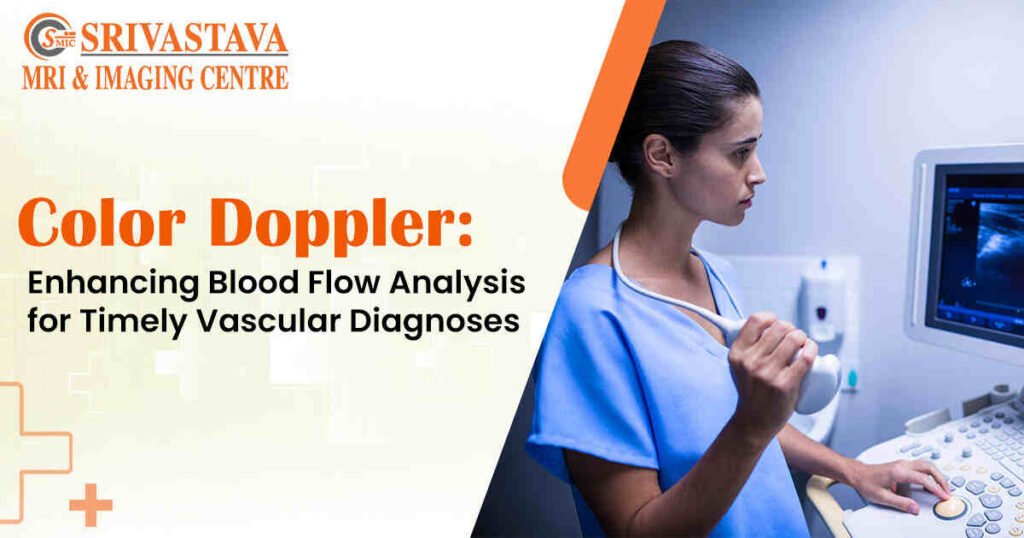Advancements in diagnostic imaging have paved the way for early detection and management of numerous health conditions, particularly vascular issues. One of the most critical test in this realm is the Colour Doppler test. This non-invasive imaging technique offers real-time insights into blood flow patterns, making it indispensable for timely diagnoses and treatment of vascular disorders. For those searching for a reliable Color Doppler Test Centre in Noida understanding its importance and the benefits it provides is essential to making informed healthcare decisions.
What is Colour Doppler?
Colour Doppler is a specialized form of ultrasound that uses sound waves to visualize and assess blood flow through arteries and veins. Unlike traditional ultrasounds, which only display images of internal structures, the Colour Doppler gives both a visual and directional flow of blood, making it especially useful in diagnosing blood clots, blockages, and vascular conditions.
How Colour Doppler Works?
During a Colour Doppler test, sound waves are transmitted into the body and bounce back when they hit moving blood cells. These waves are then analysed, and the changes in frequency are displayed as different colours—typically red and blue—on a screen. This colour coding helps doctors visualize the speed and direction of blood flow, providing critical information about the condition of the blood vessels.
Key features of Colour Doppler: –
- Visualization of blood flow in real-time
- Detection of abnormal flow patterns
- Identification of blockages or narrowing in arteries and veins
- Safe and painless procedure without the use of radiation
- Early Detection of Vascular Issues: – Colour Doppler is vital for diagnosing vascular conditions at an early stage, preventing complications that could arise from untreated blockages, clots, or aneurysms. Detecting these issues early can make all the difference in treatment success.
- Safe for Various Patient Groups: – Being non-invasive and radiation-free, it’s safe for pregnant women, elderly patients, and individuals with chronic health conditions like diabetes and hypertension.
- Accuracy and Precision: – The real-time imaging capability of the Colour Doppler allows doctors to monitor the effectiveness of treatment, especially after surgeries or medical interventions, ensuring blood flow is restored and functioning as it should.
- Deep Vein Thrombosis (DVT): – Detecting blood clots in the veins, especially in the legs, which can prevent more serious complications like pulmonary embolism.
- Carotid Artery Disease: – Assessing blockages in the arteries that supply blood to the brain, which can help prevent strokes.
- Peripheral Artery Disease (PAD): – Identifying reduced blood flow to the limbs, which can lead to severe complications if untreated.
- Fetal Health Monitoring: – Ensuring adequate blood flow in the umbilical cord and placenta during pregnancy, which is essential for fetal development.
- Preparation: – Generally, no specific preparation is required. Patients may be asked to wear loose-fitting clothes for easy access to the area being examined.
- Procedure: – A gel is applied to the skin, and a handheld probe is moved over the targeted area. Real-time images of blood flow are displayed on a monitor, and the doctor can evaluate the results instantly.
- Duration: – The test usually takes 30 minutes to an hour, depending on the area being scanned.
- Post-Test: – There’s no recovery time needed, and you can return to your daily activities immediately.
- State-of-the-art equipment for accurate diagnostics
- Experienced radiologists for reliable interpretations
- Comprehensive imaging services, including Colour Doppler, MRI, CT scans, and more

